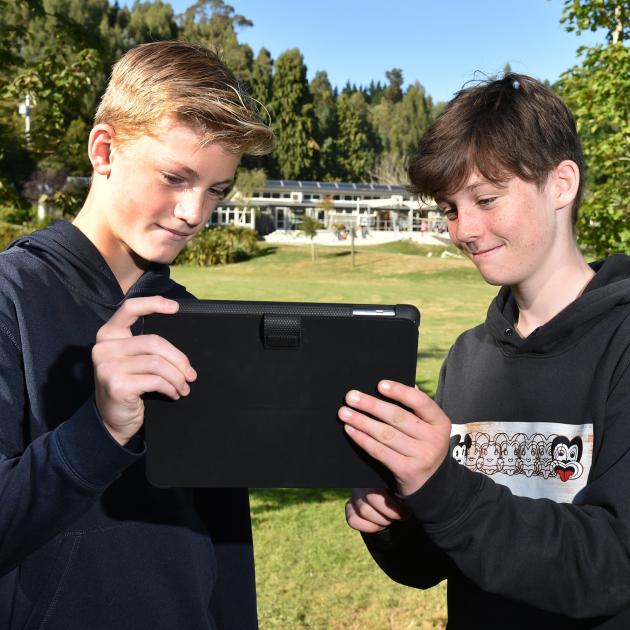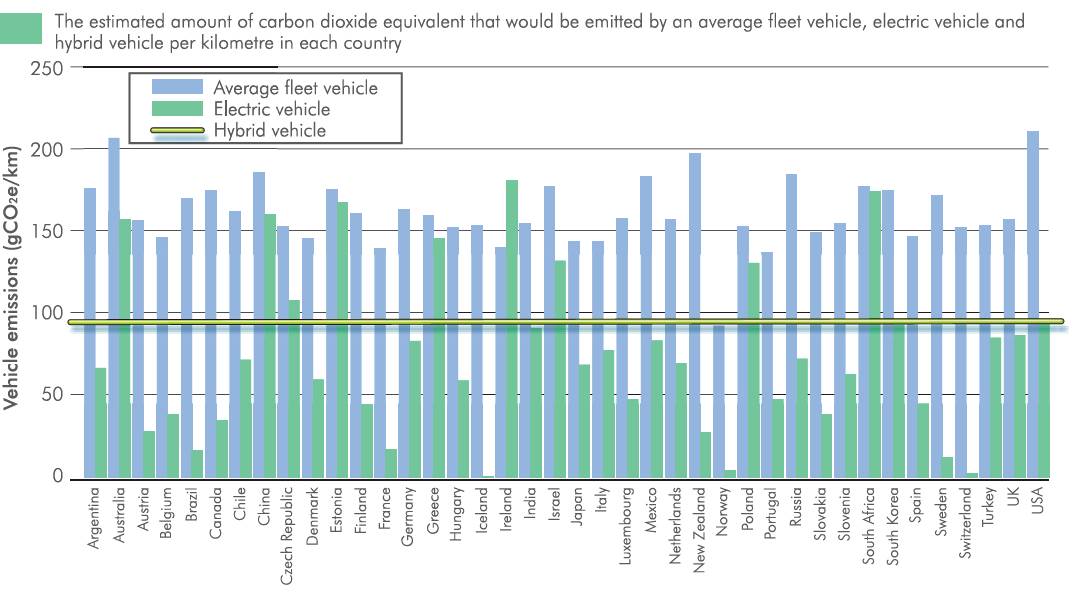
Energy demand will ramp up as we head towards 2050 and electricity generation will need to increase to match it. So what mix of generation are we likely to see and can we push beyond a 100% renewable electricity system to a 100% renewable energy New Zealand? Maureen Howard looks for answers.
For a country that likes to boast about its wealth of renewable energy, we burn a lot of fossil fuel.
We use about 49 million barrels of crude oil every year, more than 1600 litres of crude oil per person, per year, according to Petroleum Exploration and Production New Zealand.
The industry body describes that as enough oil to fill Wellington's "Cake Tin'' stadium 13 times.
In another colourful description of our dependence, Stats NZ said New Zealand's primary industries used enough diesel in 2016 for a light vehicle to drive around Earth's circumference 193,000 times.
And then there's natural gas and coal.
Electricity generator Genesis Energy is looking to get out of coal, planning to shut down its coal-fired 953MW Huntly power station, New Zealand's largest power station, by 2030. But for now, Huntly's power is needed for when hydro dams are low, or when demand peaks. Indeed, coal produced 6.3% of our power last year.
"That's going to be challenging,'' Genesis chief executive Marc England told RNZ National recently, of the plan to close Huntly.
"We don't have the solution yet.''
But in the 11 years between now and 2030 all sorts of innovations were likely to emerge, and Genesis would stay close to that, he said. It's already investing in windfarms.
In South Australia, the back-up role played here by Huntly is now filled in part by a $90 million, 100MW Tesla lithium-ion storage battery, linked to a windfarm.
Genesis Energy's plans sit alongside a host of initiatives that will contribute to Prime Minister Jacinda Ardern's goal of shifting New Zealand's electricity generation to 100% renewables by 2035.
The independent Interim Climate Change Committee is due to deliver its report to the Government on moving to 100% renewables by the end of this month.
But that's just the electricity grid - what of the other energy that New Zealanders consume?

Adjunct Associate Prof Allan Miller, who established the Green Grid research programme at the University of Canterbury, recommends we aim to get to "somewhere near a 98% or close to 100% renewable electricity system'' and extend it to cover such energy uses as transport and space heating.
"We might be high in renewable electricity, at upwards of 80%, but 60% of all the energy used in New Zealand still comes from non-renewable sources, including coal, gas and oil.
"New Zealand would not be alone in shifting to a more electricity-dominated energy system. In 2017, independent think-tank Carbon Tracker reported that globally "energy to make electricity was 43% of total energy supply'', growing at about 3.6% per decade. "The net result of this is that energy required for electricity has made up 71% of global energy demand growth over the last five years.''
Markets are shifting the world to a more electricity-dominated energy supply through advances in - and declining prices for - technologies such as batteries, wind and solar power and electric vehicles (EVs).
New Zealand's strength in renewables makes it an obvious candidate to shift more energy to electricity, for example by switching on to electric vehicles, Prof Miller says.
Not only do EVs avoid fossil fuels, but they convert about 85% of the energy they use to moving around, while internal combustion engines lose nearly the same percentage in heat and noise.
We'll also need to power up. Last year's Productivity Commission report, Low Emissions Economy, says we'll need to generate 65% more electricity by 2050 to cope with the switch. Prof Miller thinks that estimate is a little light, predicting we will need a 120-130% increase in renewable electricity generation to shift most of our energy use to electricity.
In thinking about where that supply will come from, the Productivity Commission's report compared six scenarios. In all six, wind generation is expected to account for much of the growth in electricity demand, alongside new geothermal and solar generation, particularly utility-scale solar.
One scenario, calculated by Miller and colleagues, that could deliver the 120% extra he thinks we need, would involve 6GW of wind, 5GWp of solar and 2GW of geothermal. At present, the country has about 9.5GW of installed capacity.
In 2017, wind provided just 5.4% of the country's electricity, from the 700MW of large-scale wind generation available. About another 3GW of wind is consented but not yet built.
"This may be enough to bring New Zealand near to 100% renewable electricity but [assuming all energy is electrified] it won't be enough to deal with the increased renewable energy required to meet climate change objectives,'' Miller says.

Not all solutions will be large scale. Some scenarios hold out the prospect of households powering the nation's electricity supply themselves, with solar panels on the roof, perhaps a micro-hydro in the neighbourhood stream or small wind turbines turning in the paddock.
We might have seen more of this already, but the financial return for grid-connected householders with excess electricity to sell tends to be small.
However, ways around that are emerging.
In the coastal community of Waitati on the northern rural reaches of Dunedin, Blueskin Energy Network Ltd (BEN) helps micro-generators of energy to "share'' the electricity they produce to benefit both themselves and others.
Launched in April 2018, BEN is the creation of the Blueskin Resilient Communities Trust in partnership with emhTrade, the first peer-to-peer retailer of electricity in New Zealand. BEN's purpose is made possible with the use of smart algorithms and a clever smartphone app designed by emhTrade that allows micro generators to sell their excess energy at a higher rate than they would get from most power providers. In turn, the app encourages users to access this local energy when it is available, charging them less when they do so.
Electricity is not physically wired from one household to another.
"Think of it like water,'' says Martin White, emhTrade chief product officer. "If you are adding water into a system, that is the equivalent of what solar panels are doing. That water just gets mixed up with all the other water.''
So what links the generator and the user is when the power is used.
"It is a purely financial construct but the unique thing that we have is that you only get to share somebody's solar power if you are consuming power at the same time they are exporting their excess.''
This encourages people to change the time of day that they use power, which in turn both encourages the adoption of renewable energy sources and makes the overall system more effective.

Operating on the PowerNet network, BEN is available to households, schools, businesses and organisations in regions north and west of Dunedin. To date, more than 40 households, including Waitati School, have signed up, another five customers joining every month.
With 27 solar panels on its main north-facing roof, Waitati School is one of BEN's bigger generators. By following the app's energy tips, the school's power bill has been slashed, principal Stacey Honeywill says. For example, the app "will send you an alert if you are making quite a bit of power in the middle of the day and tell you to run your dishwasher or run appliances now ... which is very handy''. The school is also learning to use less electricity when the solar panels are not producing electricity overnight.
"For us as a sustainable school it's a no-brainer but it's now a win-win for our community,'' Honeywill says.
BEN rewards householders that make use of renewable local generation when it's available.
"At the moment, most consumers [in New Zealand] don't get any benefit from changing their behaviour because prices are not structured that way,'' White says.
Smart technology will help with the transition, but at some point the four big electricity companies - which produce 90% of our power - will need to come on board.

A LARGE SHIP turns slowly but big players in the industry are already looking to the future. For example, in its 2018 Te Mauri Hiko: Energy Futures project, Transpower looks at further decarbonised and more distributed energy directions.
Te Mauri Hiko also explores how we will create a stable grid supply in a low-carbon future. Our electricity supply must be able to cope with seasonal variations such as cold, dry, windless, dull winters as well as the daily peaks that occur, such as when people wake and shower each morning. Currently, when supply is short, coal or gas "peaking'' plants come on to meet surges in demand or provide energy when hydro inflows are low. If we are to achieve 100% renewable we will need an alternative.
"That is the single biggest challenge New Zealand has really, even now - providing energy during winters when hydro inflows and wind are low,'' Prof Miller says.
Timing is another challenge. And one of the decisive factors in that is likely to be a higher price on carbon. If that hikes, Huntly will look less of a good idea.
"I think that once we have sent that signal, that supply will start to get built but the trick for the energy companies is to take their best guess of what that demand curve will look like and to plan to bring new generation on stream at the time when the demand requires it,'' Climate Change Minister James Shaw says.
Technology will also transform the electricity landscape as prices continue to fall and new technologies come online.
"Electricity generation, management and distribution are changing so fast that by the time you get to 2050, I think that we will be talking about technologies that today we just can't comprehend,'' Shaw says.
That still leaves the question of whether New Zealanders will accept big generation, such as wind, on the landscape.
"Historically around the world, people resist wind until it's built and then they embrace it,'' says Shaw, who was working for the Electricity Corporation when the first wind turbine was installed on Brooklyn Hill, in Wellington, in 1996. At the time of construction the turbine was vociferously opposed, but 20 years later when it was due for decommissioning "something like 90% of Wellingtonians said `Do not take down our wind turbine', and it had massive support!''.

Away from the electricity grid, New Zealand is rich in another largely carbon-neutral fuel that brings resilience to the system, wood fuel. Slash timber and sawdust are waste products of the forestry industry that perform well in direct radiant heating. Similar to electricity generation, wood chips or pellets made from slash and sawdust will burn in an efficient furnace at up to 80% efficiency.
The Government's plans to plant a billion carbon-sequestering trees is an energy opportunity for the country that is neither expensive nor complicated, says Grant Smith, who chairs the Bioenergy Association of New Zealand. Uses include industrial and commercial heating, and biofuels for storage and transport.
Diversity builds resilience and a balance of some wood energy, at least for heating, could keep schools warm should the electricity ever go off.
It's certain to be a part of a 100% renewable energy future.
At Waitati School, the children are well on their way to this new energy future as they learn how to get the most from their solar panels.
"The benefits already for us are great as far as learning around power usage and energy use,'' Honeywill says. "They are far more vigilant about leaving lights on, about leaving TVs on in breaks when they are not there. We are setting up a culture in the school of regularly reducing our energy.''
Renewable electricity options for a stable grid

Renewable energy sources such as hydro-electric, solar and wind fluctuate in their output. Solutions include a combination of:
• Use of smart grid technology, i.e., ‘‘an electricity network that can intelligently integrate the actions of all users and equipment connected to it’’.
• Smaller-scale renewable energy developments embedded in local smart grids.
• Using electric cars batteries as ‘‘mobile storage’’ integrated with smart grids.
• Geothermal energy can be increased over fairly short periods.
• Overbuild the renewable capacity, such as wind generation.
• Pumped hydro-electric storage. When electricity is in excess, water is pumped uphill to use as hydro-electric energy when it is needed.












